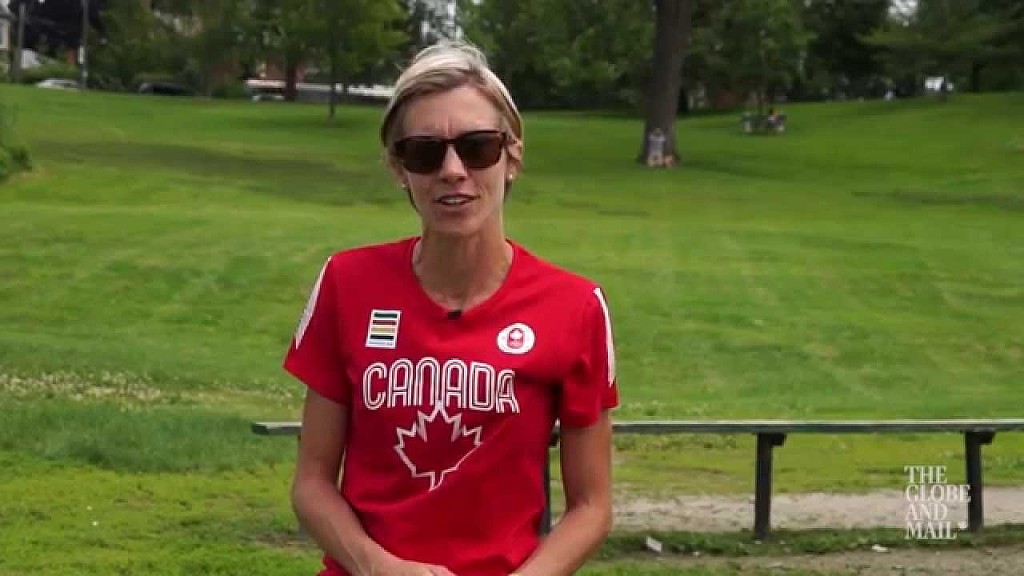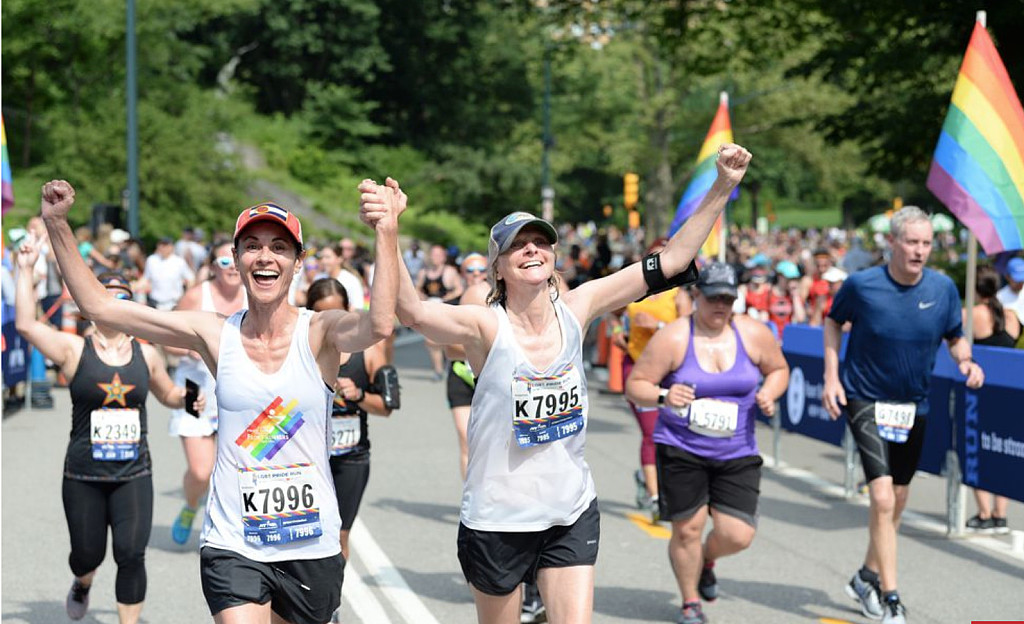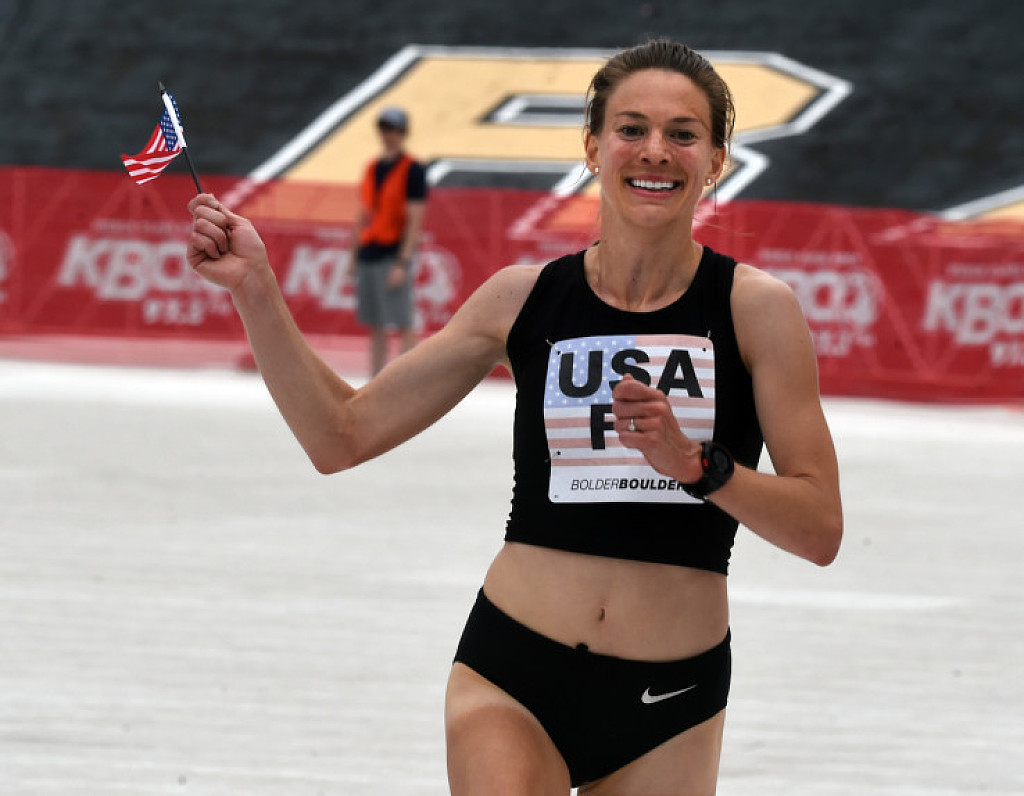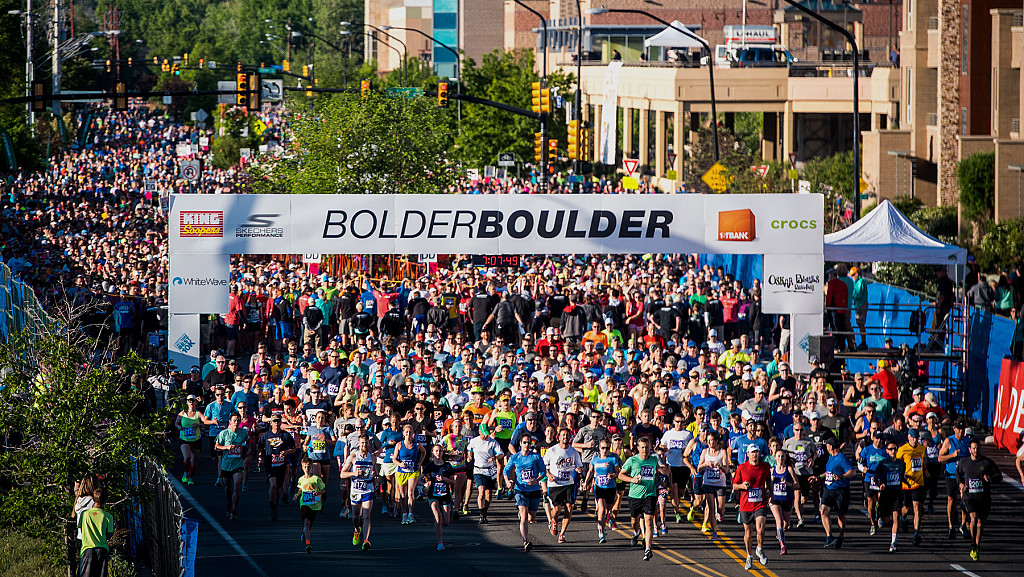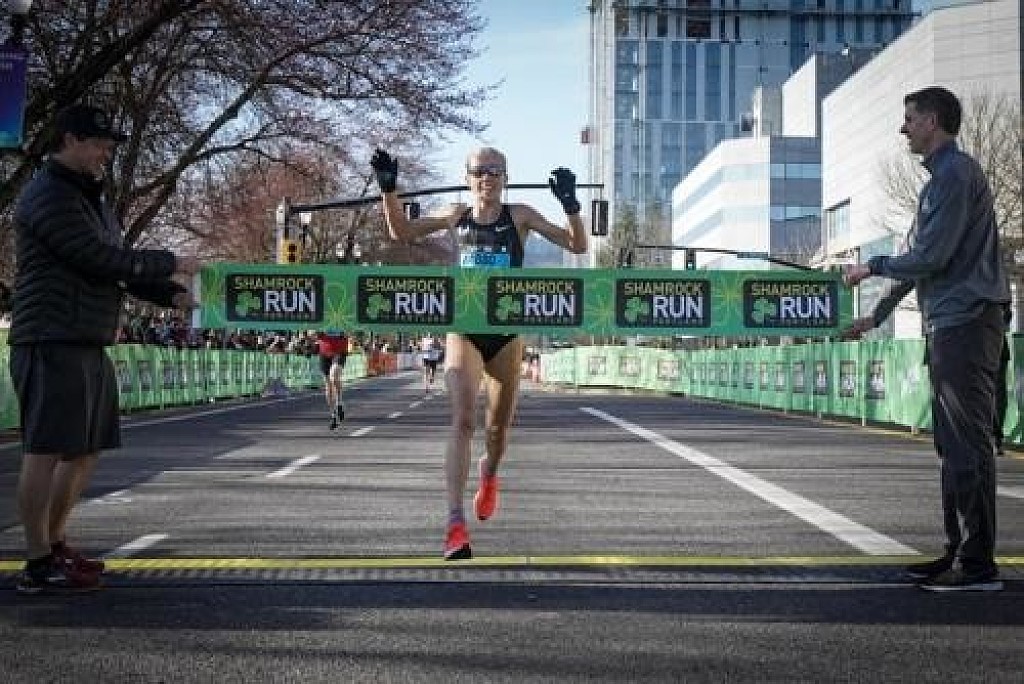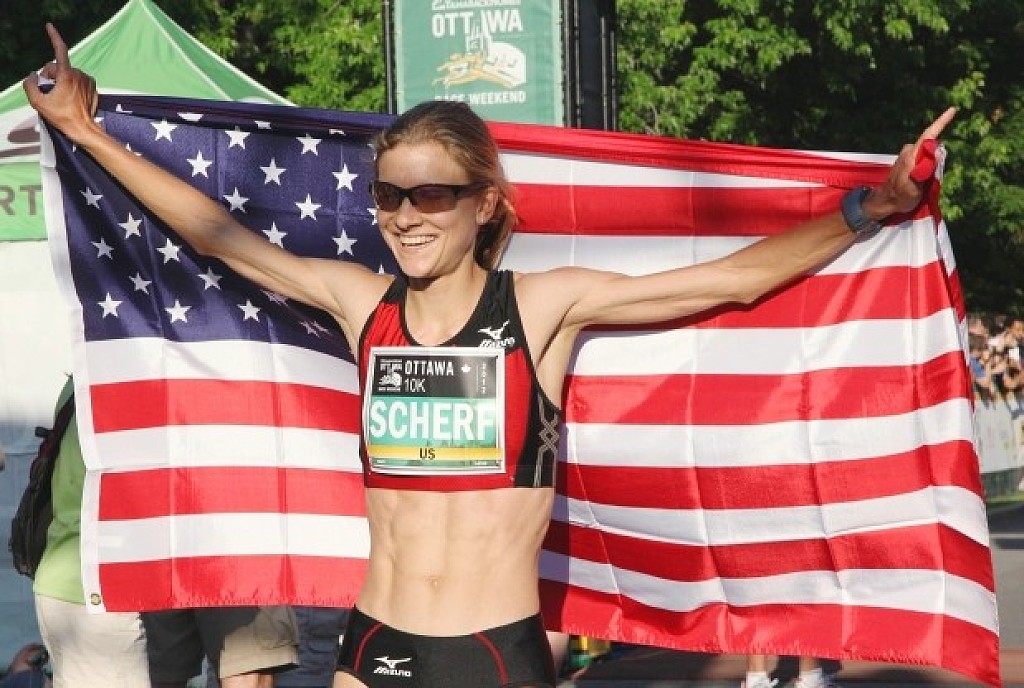Running News Daily
Running News Daily is edited by Bob Anderson. Send your news items to bob@mybestruns.com Advertising opportunities available. Train the Kenyan Way at KATA Kenya and Portugal owned and operated by Bob Anderson. Be sure to catch our movie A Long Run the movie KATA Running Camps and KATA Potato Farms - 31 now open in Kenya! https://kata.ke/
Index to Daily Posts · Sign Up For Updates · Run The World Feed
Articles tagged #Lindsey Scherf
Today's Running News
The Anatomy of a Perfect Marathon Taper
5 facts about reducing training load and maintaining fitness as your marathon approaches. Plus, a proven 4-week marathon taper plan.
Fall marathons are looming, and tens of thousands of runners are finally preparing to toe the line to see just what they can do after all these months of waiting. A big piece of success lies in the final stages of preparation where you execute the marathon taper, a stage of training when you back off and try to walk the tightrope between going into the race well-rested, but not so rested that you go stale.
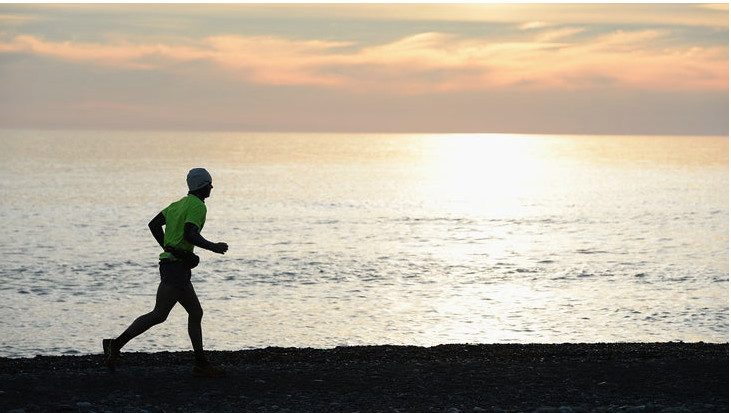
Going stale occasionally happens, but most runners err in the opposite direction by not trusting the marathon taper process, trying to do too much when they should be resting. It’s a mistake that can make the difference between a PR and a disappointment.
Luckily, there are a few basic principles you can remember when the fears we all face about being lazy or missing training tempt you to do too much.
5 Facts About the Marathon Taper
1. Tapering works.
A 2007 study led by Laurent Bosquet, then at the University of Montreal, Canada, found that a taper can speed you up by more than 5.6 percent. That’s the difference between a 3:20 marathon and a 3:31 marathon. Note, however, that 5.6 percent benefit is an extreme case. You shouldn’t expect to get that much, but trust that proper tapering will result in a better time.
2. In the final days, extra training won’t help.
The hay is in the barn and your goal is to rest, while not letting your “training” hay go moldy. It’s too late to try to make up for lost training earlier in your training cycle, and if you try to do that, all you can do is to blow your taper…and with it, your race.
3. The ideal taper comes from reducing volume, but not intensity.
You need to do some speedwork during the taper in order to keep all your energy and neuromuscular systems sharp. This means a mix of everything from strides to aerobic work. What you don’t need is to push any of these to the max.
4. It works best by cutting down progressively, not all at once.
Bosquet’s paper found that the ideal taper eventually cut down total volume by 40-60 percent by the final week, including speed workouts. In the ideal taper, you run as many days a week as you normally do (maybe with one or two extra, judiciously timed, rest days), but reduce volume in everything from workouts to long runs, as well as your weekly total mileage.
5. Don’t sweat it if you make minor errors.
“Let’s say you’re scheduled to go six miles at 7:00 pace,” says Thom Hunt, a former American 10K red-holder who now coaches at Cuyamaca College in San Diego. “If you run 6½ at 6:45, you’re not going to blow the whole thing.” Hunt was talking specifically about 5K/10K tapers but the same applies to the marathon. In fact, it probably doesn’t matter all that much if you get lost on what’s supposed to be an 8-mile run ten days before the race and accidentally wind up running, say, 11 miles. The stress of fretting about the error will probably cost you more than the error itself.
The Four-Week Marathon Taper
You won’t find much talk in the literature about tapers longer than 2-3 weeks. That’s largely, Bosquet says, because it’s hard to get enough runners to consent to tapers longer than 14 days to conduct a meaningful study.
But a 1996 French study of swimmers found benefits from a 28-day taper, something I find very interesting because I’ve long prescribed a four-week marathon taper.
Not that it’s what most people conventionally think of as a taper, because it begins, four weeks out, with an extremely tough workout. It then returns to normal baseline in volume with reduced intensity for one week, followed by a 21-day progressive taper. If you prefer, you could think of it as a final push, followed by a taper.
Here’s how the four-week marathon taper works:
• 28-29 Days Before the Race
On Saturday, even if the race is on Sunday, because there’s another workout next Tuesday, and you need at least three days to recover, do a long run of 20–22 miles, finishing with 13–18 miles at marathon pace. That’s a wide range, I realize; being more specific depends on your experience. For a seasoned marathoner doing at least 70 miles per week on average over the past few months, hold the marathon pace part for 16–18 miles. For lower-mileage runners and new marathoners, drop down to 13. This is not only a major workout, but a critical test of your marathon goal. If you can’t hit your target pace, it probably needs to be adjusted.
• 27-21 Days Before the Race
Workout days:
Tuesday: Do a normal speedwork session, IF you’re recovered from the long/fast run 3 days ago. If sore or fatigued, reduce intensity and or volume.
Friday: Do a tempo run. Normal volume.
Sunday: Go long, reducing intensity to easy. Do 20-22 miles max. The marathon is now 20-21 days away.
Total weekly volume: Normal.
• 20-14 Days Before the Race
Workout days:
Tuesday: Normal speed workout.
Friday: Tempo. Slightly reduced volume (maybe by 10-15 percent).
Sunday: 16 miles, ending with 50-60 percent as many marathon-pace miles as two weeks ago. This should not be super-hard.
Total weekly volume: 10 percent below normal.
• 13-7 Days Before the Race
Workout days:
Tuesday: Normal workout adjusted to about 2/3 of total volume.
Friday: Tempo. Reduced to about half of normal volume.
Sunday: 10-12 easy.
Total weekly volume: At least 20 percent below normal.
• Final week (assuming Sunday race)
Workout days:
Tuesday: 6-8 x 600m @ tempo pace (no faster than 12K pace) with 20-25 sec recovery between reps. Plus, up to 4 x 150m, fast but relaxed. Stop while still turning over quickly without stress.
Wednesday, Thursday, Friday: Two days easy. Take one day off.
Saturday: 20–30 min. easy, with 4 x 100m strides. 20 minutes is enough for most runners to feel warmed up and striding smoothly.
Sunday: Race.
Total weekly volume: For the last 7 days before the race (counting the long run last Sunday), 50 percent of normal.
Other Tapers
Not that this is the only way to do it. Hunt says, “If there was one way, we would have had a form years ago about what to do, and just follow that.” But even top runners with the best coaching follow a variety of tapering patterns.
Lindsey Scherf, for example, who holds the world record for the indoor marathon, does a quite different taper, though the overall effect is remarkably similar. Rather than tapering progressively from 2–3 weeks out, she finds that she’s done best by taking the big drop in mileage (50 percent) three weeks ahead of the race, then returning to 85 percent of normal for the remaining two weeks. “I inject rest, but then return to a non-overtraining routine where I know I’m in a good rhythm,” she says.
The real key, Hunt says, is to allow your body to rest and be physically (and mentally) relaxed, focused, and ready to go on race day. To this end, he stresses that it’s important to make sure that your final long run isn’t too long. “You need to keep it short enough that you’re not breaking down the body.”
And, he says, the key thing is to trust the processes: “Getting a 100 mile per week runner to go down to half of that mentally freaks them out.” Cutting back from 50s to 20s is no less stressful.
“Each athlete is different,” Hunt says. “But you still have to follow the general physiological principles.”
Scherf concurs, adding an interesting note: Try out the taper before race week.
We’ve all been told never to do anything in an important race that we’ve not tested in training. Usually, that’s discussed in terms of nutrition, hydration, footwear, or clothing that might unexpectedly chafe. But why not also apply it to your taper, Sherf suggests, testing it on a less important (and presumably shorter) race beforehand, just to see how your body reacts.
After all, Bosquet’s study found that the ideal taper ranged from a 40 percent to 60 percent cutback. 40 to 60% is also a wide range, so Scherf is onto something when she says you need to find what part of that range works for you. “Not every runner responds the same way,” she says.
The key takeaway from Bosquet’s study, however, is that 40–60% is a lot more than most mileage-obsessed runners want to do. Don’t be one of them: Trust the taper, and run your best marathon.
by Podium Runner
Login to leave a comment
Canadian Sasha Gollish is set to race the TCS New York City Marathon this fall
Sasha Gollish will join defending champion Mary Keitany, 2018 Boston Marathon champion Des Linden, 2019 Boston champion Worknesh Degefa, and half-marathon world record-holder Joyciline Jepkosgei on the start line on Staten Island in November.
Sinead Diver of Australia, 2019 Comrades Marathon champion Gerda Steyn of South Africa and Americans Sara Hall, Allie Kieffer, Lindsey Scherf and Kellyn Taylor round out the exceptionally deep field of women athletes racing New York this year.
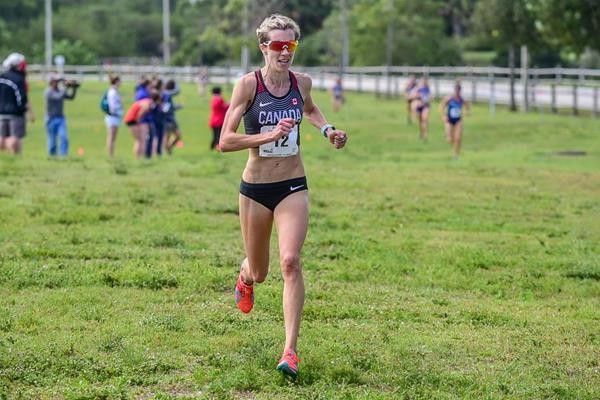
On the men’s side, notable names include defending champion Lelisa Desisa, 2017 champion Geoffrey Kamworor, Somali-American Abdi Abdirahman, Ethiopians Shura Kitata and Tamirat Tola and American Jared Ward, who finished eighth at this year’s Boston Marathon.
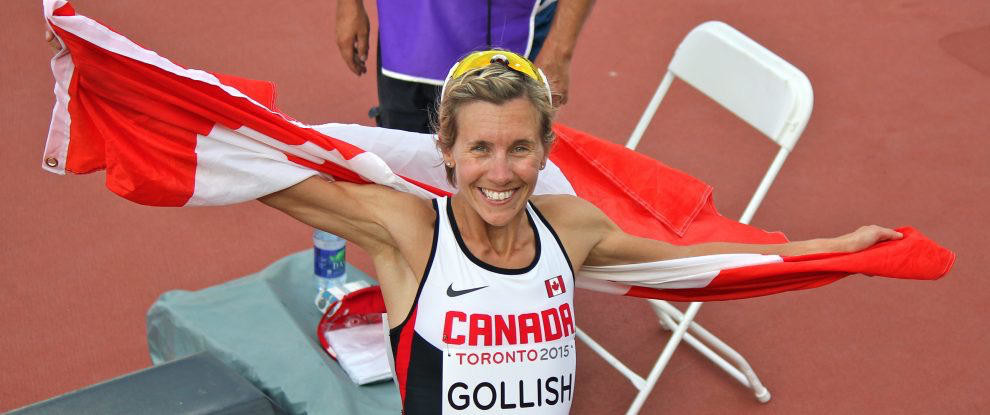
Gollish had a long and successful career in track and cross-country, winning bronze in the 1,500m at the 2015 Pan Am Games before attempting her debut marathon attempt at Berlin last year.
She was forced to drop out just after the 30K mark with severe cramping, but had a very successful comeback at Houston in January, finishing in 2:32 just behind fellow Canadian Malindi Elmore, who was also taking her first stab at the marathon distance.
Gollish, it should be pointed out, has the world championship standard in the marathon (2:37:00), and so far only Lyndsay Tessier has been named to Team Canada. Athletics Canada will announce the full team on August 26.
by Anne Francis
Login to leave a comment
TCS New York City Marathon
The first New York City Marathon, organized in 1970 by Fred Lebow and Vince Chiappetta, was held entirely in Central Park. Of 127 entrants, only 55 men finished; the sole female entrant dropped out due to illness. Winners were given inexpensive wristwatches and recycled baseball and bowling trophies. The entry fee was $1 and the total event budget...
more...The Guinness World Record for the Largest Pride Charity Run Has Been Shattered
The streets of New York City were undeniably colorful this weekend: On Saturday, June 29, the New York Road Runners (NYRR) and Front Runners New York (FRNY) teamed up to host the 38th annual five-mile LGBT Pride Run.
This year, they had a special mission in mind: to set the Guinness World Record for largest Pride charity run.
To break the Guinness Record, more than 6,000 participants had to compete in the race. As of Thursday, the amount of people registered for the race—which sold out—was around 10,000, according to a press release issued to Runner’s World from NYRR.
Then on Saturday, NYRR announced that 10,236 people completed the race, shattering the record. There was a Guinness World Records adjudicator onsite to verify the record once the final finisher crossed the line, a spokesperson for NYRR told Runner’s World.
The race served as a finale for LGBTQIA+ Pride Month, officially recognized in June. It also complemented WorldPride, an international event hosted by New York City that welcomed LGBTQIA+ members from around the world to engage in special events, parties, and performances throughout the month of June.
This year is especially noteworthy for the LGBTQIA+ community, because it marks the 50th anniversary of the Stonewall riots, a series of protests in Manhattan in 1969 that initiated the gay rights movement in the United States.
Each year, an LGBT charity organization is chosen to be beneficiary for the funds raised from the Pride Run. This year’s recipient was The Center (The Lesbian, Gay, Bisexual & Transgender Community Center) located in the West Village, which provides career advice, family guidance, as well as health support to the gay community in New York City.
The five-mile race began on the East Drive at 67th in Central Park, ran north around the park’s upper loop, then finished on the 72nd Street Transverse. Early birds who made it before the 8:30 a.m. were treated to a special surprise: limited-edition rainbow pairs of Goodr sunglasses, which were sold until they ran out.
While there were only a limited number of sunglasses, all participants received a rainbow-themed technical tank along with their race bib. Prizes were also awarded to the top four men and women, as well as the five largest participating teams. The men’s winner was Kedir Figa of Ethiopia, who finished in 25:19. The women’s winner, Lindsey Scherf of New York, finished in 28:06.
For those who couldn’t make it to New York City for the race, the NYRR Virtual Pride Run 5K continues until Sunday, June 30. So far, more than 5,000 runners from across the world have completed the virtual Pride race, according to a press release from NYRR.
by Runner’s World
Login to leave a comment
Front Runners New York LGBT Pride Run
The annual Front Runners New York LGBT Pride Run is a 5 mile race in Central Park that will draw in more than 5,000 runners and thousands of fans from across the country. This event, organized by Front Runners New York (FRNY) in collaboration with New York Road Runners, is an official qualifier for the TCS New York City Marathonand...
more...Aliphine Tuliamuk will be on the USA roster for the up coming Bolder Boulder
The women’s team will feature former Colorado Buffaloes star Aliphine Tiliamuk along with Shalaya Kipp, Tiliamuk finished second at last year’s women’s International Team Challenge.
Tuliamuk finished 11 seconds behind Ethiopia’s Mamita Daska, who won the elite 10-kilometer race for a record sixth time in 2018.
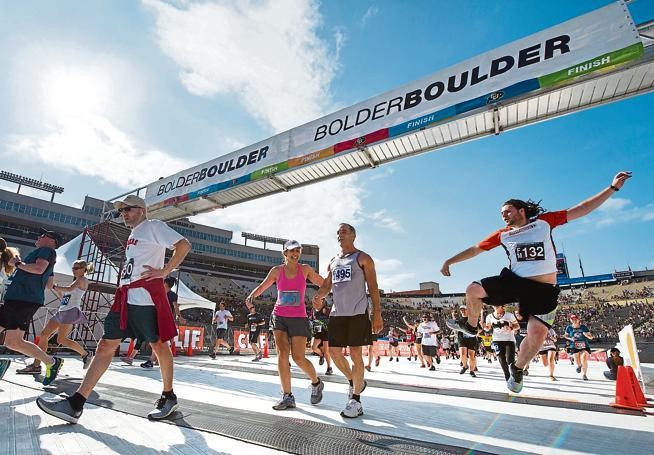
Rounding out the women’s squad will be Lindsey Scherf, who finished sixth last year on a USA women’s red team finished second behind Daska’s Ethiopian team; Taylor Ward, who finished third at the FORTitude pro 10K in Fort Collins last year; 2017 women’s citizen’s race winner Lauren Martin Masterson; a Deanna Ardrey, Stephanie Bruce, Melissa Dock, and Kaitlin Goodmen.
The remainder of the men’s team will be comprised of Parker Stinson, Haron Lagat, Reid Buchanan, Reed Fischer, Tim Rackers, Jake Riley, and Diego Estrada, who finished eighth last year and is the top returning American in the professional field.

The remainder of the international field will be announced at a later date.
“We’re ready for a super competitive international event thanks to the athlete’s continuing commitment to the race, “ Bolder Boulder race director Cliff Bosley said in a statement.
“Some of the top-ranked teams are trained in both altitude and marathon running and bring a competitive edge that keeps the event exhilarating to watch each and every year.”
Login to leave a comment
BOLDER BOULDER
In 1979 we dreamt of attracting a few hundred of our friends to race though the streets of Boulder, Colorado to celebrate Memorial Day with our families. Fast forward almost 40 years and the Bolder BOULDER has grown to become one of the largest and most highly acclaimed 10K’s in the world. Almost 1.2 million runners, joggers, walkers and spectators...
more...Strong field is set for Bolder Boulder including Jared Ward and Tyler McCandless
Returning to race this year is Jared Ward who was the first American in the New York Marathon and finished 8th overall at the Boston Marathon and Tyler McCandless who won the 2018 Bolder Boulder citizen’s race.
“We feel that with the strong pool of runners this year that Team USA could possibly take first place,” said pro athlete coordinator, Don Janicki. “With three returning champions in the men’s field it will be a really great competitive race.”
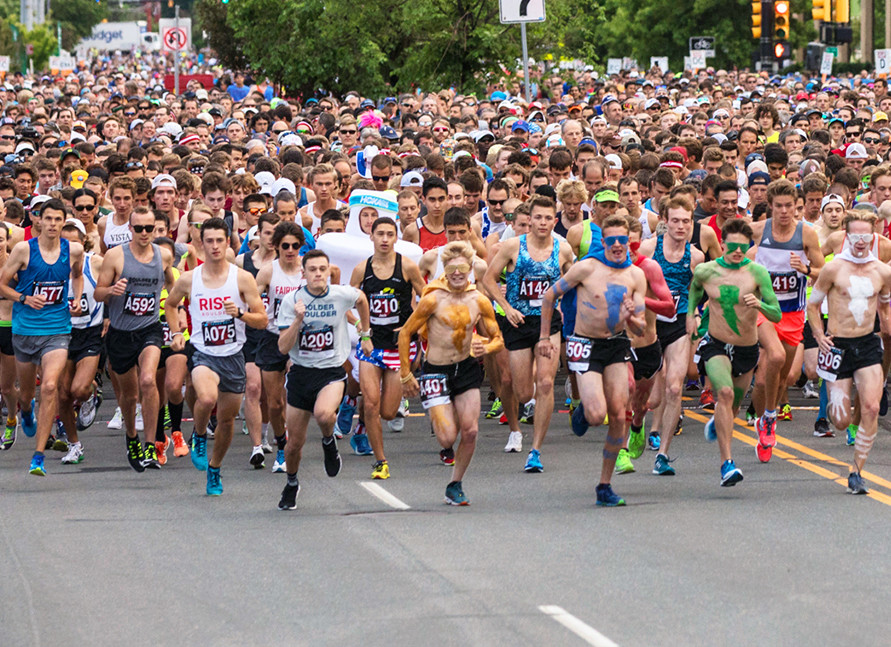
Members of the Men’s Team USA also include national title winner Parker Stinson who shattered 25K American record at the USATF 25K in May 2019 by 30 seconds, Haron Lagat who placed second at the 2017 Fortitude 10K Pro Race Chase; Diego Estrada who has a 10K personal best of 27:57; Reid Buchanan who has a 27:58 10K PR; Eagle Scout Reed Fischer who has a 10K PR of 28:38; Boulder Track Club member Tim Rackers; and Boulder based professional runner Jake Riley who has a 10K PR of 27:59.
The Women’s Team USA include Taylor Ward; a rising star in American women’s distance running who placed third at the 2018 Fortitude 10K Pro Race Chase.
Lindsey Scherf who broke the indoor marathon world record at the Armory NYC Indoor Marathon World Record Challenge in 2018 by nearly two minutes; Lauren Martin Masterson who was the first female finisher of the 2017 Bolder Boulder citizen’s race; Kaitlin Goodmen who has a 10K PR of 33:18; and Stephanie Bruce who set a PR at the 5,000 meters indoors (15:44) at the New Balance Boston Indoor Games; Former Colorado Buffaloes star Shalaya Kipp.
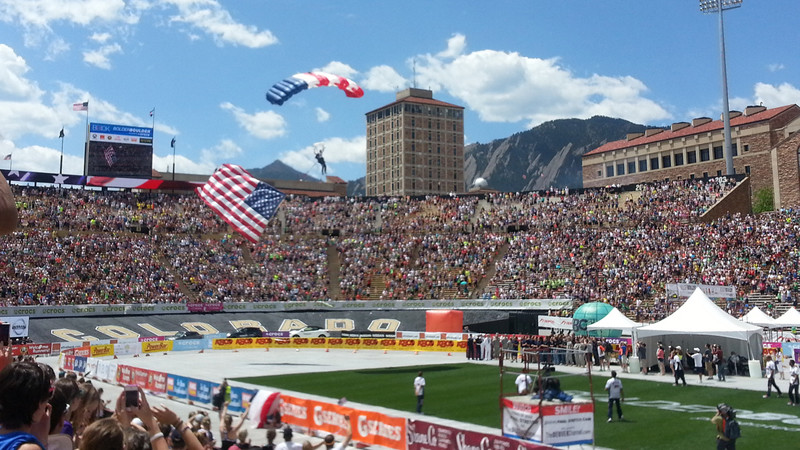
In addition to the Americans competing at this year’s race, the Bolder Boulder will be welcoming teams from all over the world including Ethiopia, Japan, Kenya, Mexico, Tanzania, Bahrain, Eritrea, Ethiopia, Rwanda and Pan South America.
“We’re ready for a super competitive international event thanks to the athlete’s continuing commitment to the race, “said Race Director, Cliff Bosley. “Some of the top ranked teams are trained in both altitude and marathon running and bring a competitive edge that keeps the event exhilarating to watch each and every year.”
Login to leave a comment
BOLDER BOULDER
In 1979 we dreamt of attracting a few hundred of our friends to race though the streets of Boulder, Colorado to celebrate Memorial Day with our families. Fast forward almost 40 years and the Bolder BOULDER has grown to become one of the largest and most highly acclaimed 10K’s in the world. Almost 1.2 million runners, joggers, walkers and spectators...
more...American distance star Jordan Hasay is prepping for the Boston Marathon as she wins the Shamrock 15K run in Portland
With picture perfect weather 20,000 runners and walkers turned the City of Roses green as they celebrated St. Patrick’s Day at Shamrock Run Portland, Oregon’s largest running event, and one of the largest races of its kind on the West Coast.

American distance running star and Portland local Jordan Hasay won the women’s 15k in 51:34. Hasay, who is prepping for the April 15 Boston Marathon, is healthy again after withdrawing from her last two marathons due to injury.
“It was nice to have a little fun out there today,” said Hasay, the second fastest female marathoner in U.S. history. “I felt great and it was a nice hard effort. The 15k course has a few hills that were a perfect simulation for Boston and it’s always a huge honor to break the tape in your hometown race.”
Not to be overshadowed in the 15k, Scottish Olympian Andrew Lemoncello won the men’s race (48:28) for his second victory of the day, having out kicked Tate Schienbein in a sprint finish in the 5k just an hour earlier. Schienbein prevailed in the men’s 8k, clocking 24:15 for the 4.97-mile distance.
“I wouldn’t normally do two races in one day, so this was a great opportunity,” said Lemoncello, who recently moved to Portland. “The thing with Oregon you usually get to make excuses about races because of the conditions, but there are absolutely no excuses today, it was the most perfect weather you could have. It was a fantastic day.”
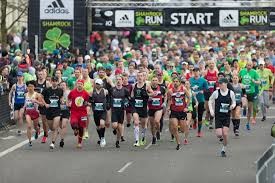
Canadian Olympian Malindi Elmore was the women’s winner in the 8k. Second place went to Lindsey Scherf (27:51) and Portland’s Tara Welling, a two-time event champion and co-founder of RunDoyen Coaching, finished in third (27:57).
“It’s a whole new perspective after having a baby, out there having the time to myself and I probably got a little carried away and ran harder than I expected,” said Welling, a two-time National Champion running her first race since having a baby two months ago. “This race is awesome just being in Portland we have a lot of good women and men runners and I knew it was going to be a tough field, but it was a lot of fun to be out here again.”
In the half-marathon event, husband-and-wife duo Jesse Thomas and Lauren Fleshman emerged victorious in their races. Thomas, a professional Triathlete, broke away from a large pack to win with a time of 1:08:06. Fleshman, a two-time U.S. 5,000m champion, was the first woman to cross the finish line in 1:21:44.
“I had no idea what to expect as this was the first “running only” race I’ve done in 8 years,” said Thomas, who is training for the Eugene Marathon in April. “We had an awesome pack for the first six miles and I just tried to tuck in with the guys. For Portland, Oregon in the middle of March the weather was unbelievable and I really liked the course, with the out and back by all the spectators and then sharing the road with the 15k runners cheering for you. It was great and you’re always happy when you have a good day.”
Login to leave a comment
Scherf and Richards sets world indoor Marathon records at the Armory
Login to leave a comment





